How luxury luggage brand Globe-Trotter navigated the pandemic
Travel may be on pause, but the British heritage firm has defied expectations
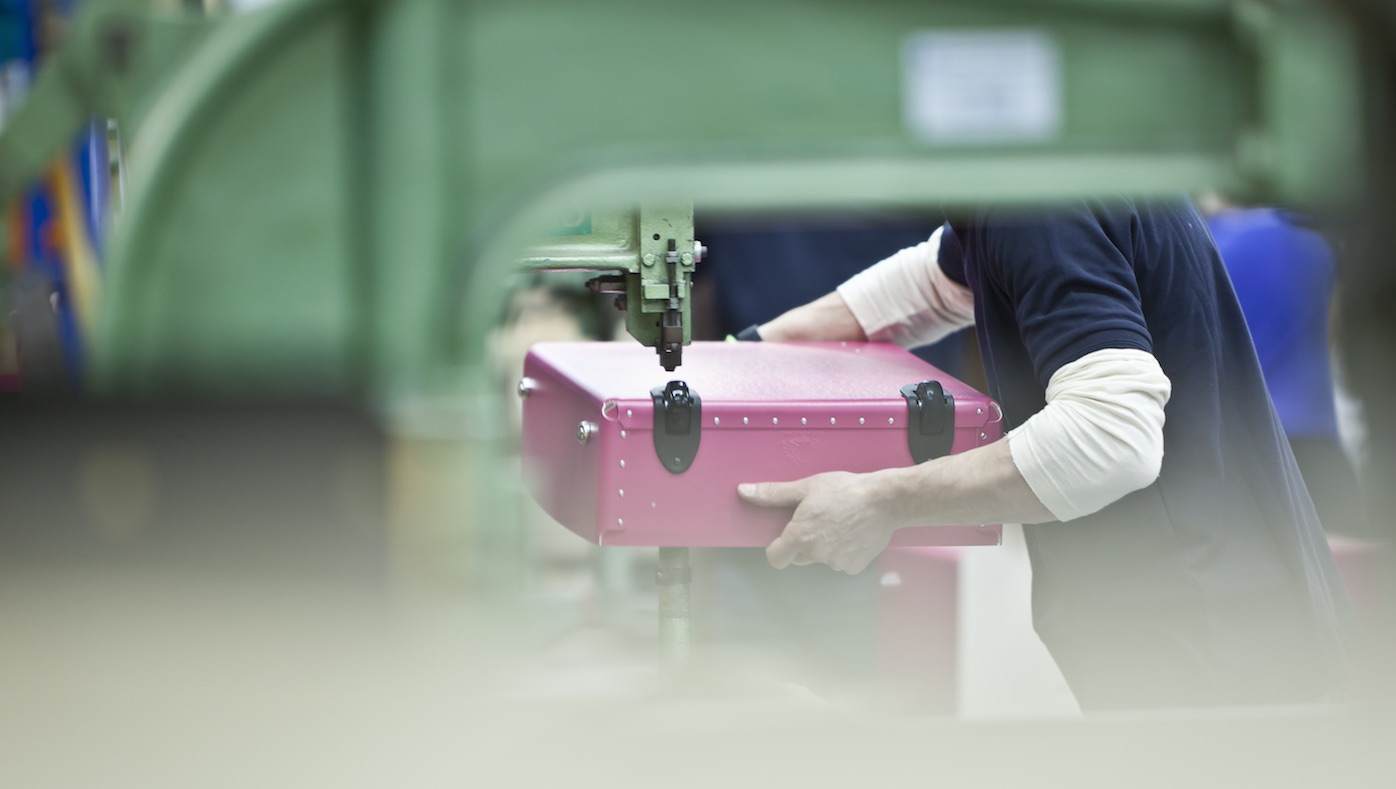
No one could have foreseen the impact that the pandemic has had on travel and tourism - one of the most important sectors in the world economy. While there’s no doubt that the aviation and hospitality industries have borne the brunt of the present crisis, financial disruption has been felt far and wide as travel restrictions have had a huge knock-on effect on the retail landscape including the luxury goods business. Yet, this sector has also demonstrated great agility in the face of turmoil, with many prestige brands using this period of flux to rebound by becoming more versatile and open to change, as they restructure their creative and operational practices.
One such brand, inextricably linked to the world of travel, may sound like an unlikely exemplar: British luxury luggage company, Globe-Trotter, known for its chic vintage-inspired trunks and carry-ons, is accelerating towards new horizons despite the barriers imposed by global restrictions on movement.
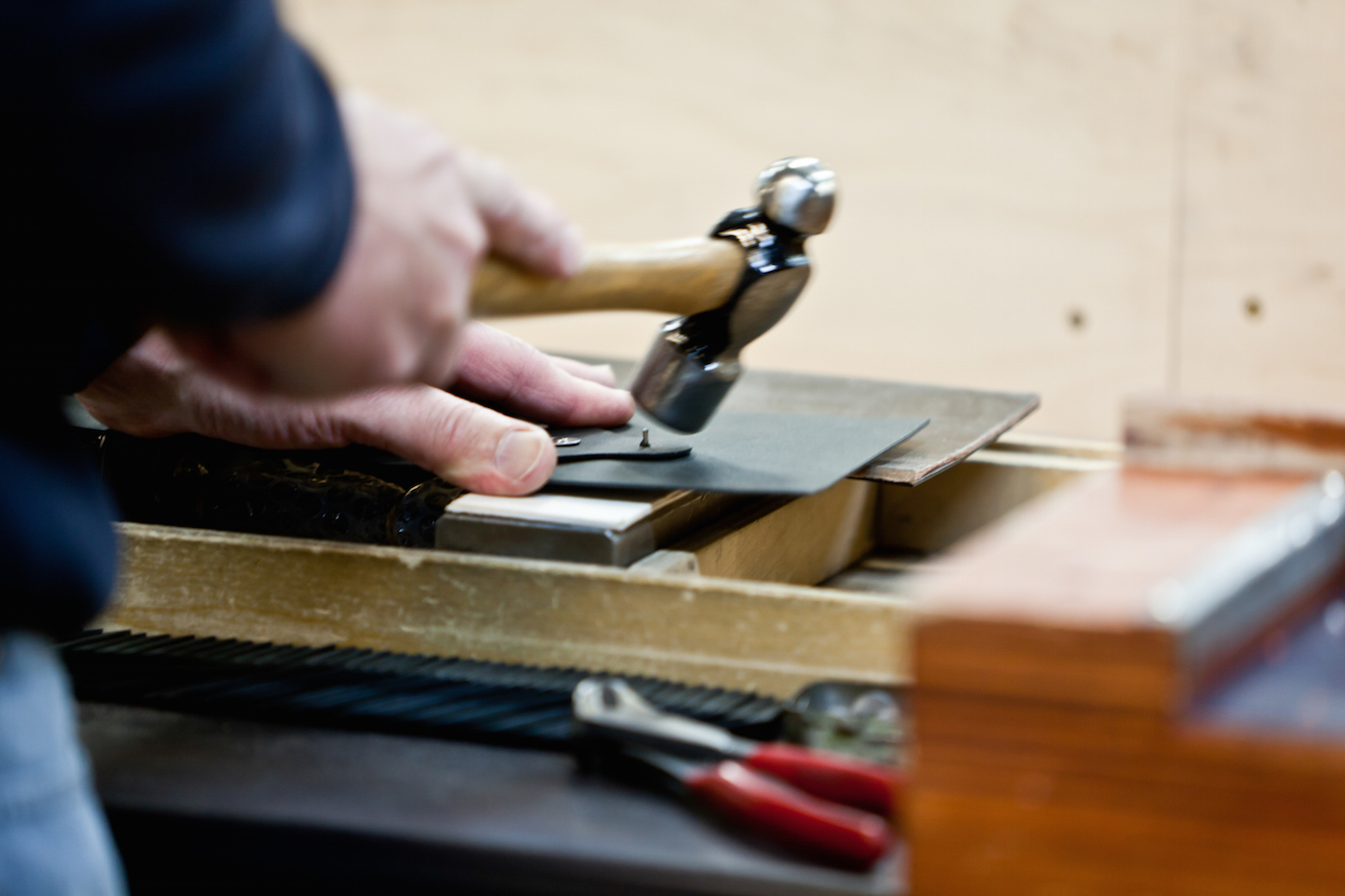
Beloved by The Queen (she packed a G-T trunk for her honeymoon in 1947) and used by Sir Edmund Hillary on his way to Everest base camp, Globe-Trotter cases are characterised by their traditional rectangular shape embellished with twin contouring leather straps and riveted leather corners. Trunks come in different guises – from classic “check-in” cases to compact watch boxes – and are lovingly handcrafted in England following an artisanal tradition that dates back to 1897 when the luggage house was first established in Saxony, Germany. Known for its inventive savoir-faire, the company has a long history of creative exchange having collaborated with travel companies, designers and fashion houses since the 1960s, among them British Airways, Gucci, Turnbull & Asser and most recently Paul Smith and Bella Freud.
The Week
Escape your echo chamber. Get the facts behind the news, plus analysis from multiple perspectives.

Sign up for The Week's Free Newsletters
From our morning news briefing to a weekly Good News Newsletter, get the best of The Week delivered directly to your inbox.
From our morning news briefing to a weekly Good News Newsletter, get the best of The Week delivered directly to your inbox.
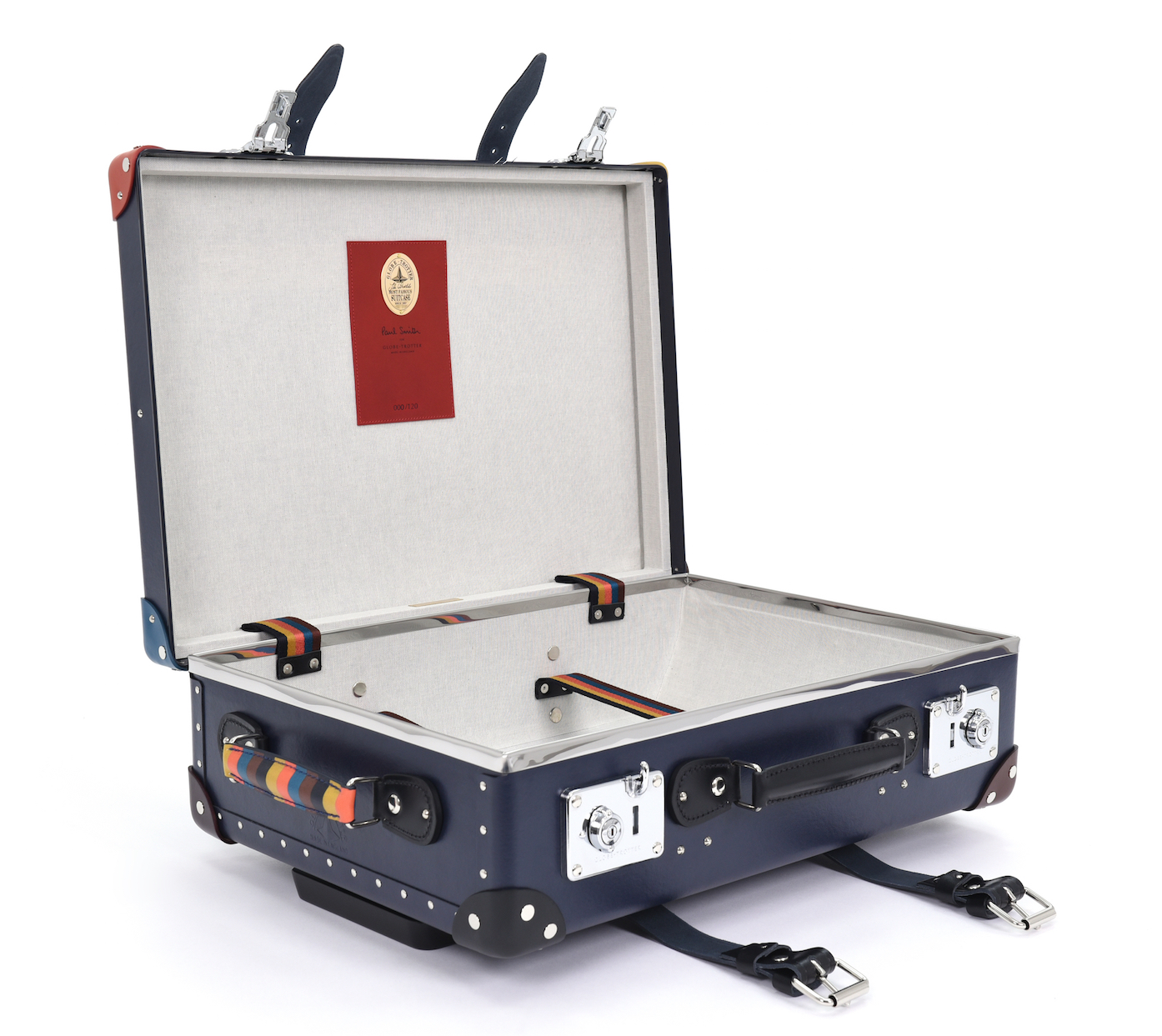
Perhaps not surprisingly, the company’s sales were down by a whopping 70% this time last year, but there has been an interesting development: three months into 2021 and sales are back on an upwards curve. In fact, the company reported double digit like-for-like growth this January, proving that against all odds, this purveyor of holiday dreams has somehow created a meaningful connection with consumers despite the curtailment of overseas breaks and global travel bans. Not only is Globe-Trotter’s stealthy comeback surprising (not to mention a little ironic given we have nowhere to pack for), it demonstrates business courage at a highly volatile time. So what’s it all about?
The company, which was acquired by private equity firm Oakley Capital last spring just as the pandemic hit, had to adapt quickly in the face of a global lockdown. Executive chairman Vicente Castellano, formerly the MD of Hackett London, hatched a plan to enhance Globe-Trotter’s identity as a lifestyle brand with a multi-strand structure, combining its “old-world” glamour with an exciting sense of “newness” that encapsulates the uniting cultural and emotional experience of travel.
In short, Castellano upped the romance, selling the notion of escapism rather than promise of real-time travel, thanks to a number of initiatives. These include a fresh new website bolstered by a new digital communications platform especially conceived for broader customisation options, as well as some very well-timed product drops, counting exclusive models and design innovations. For example, at the start of the year, the brand marked the retirement of the British Airways 747 with an unusual release limited to just 150 pieces: a BOAC “Speedbird” carry-on case cast in the pearl and navy colourways of the aviation icon. Each trunk also featured an actual piece of the plane on the underside of its lid, making the design all the more special given the unforgettable context in which it was created with the widespread suspension of flights around the world.
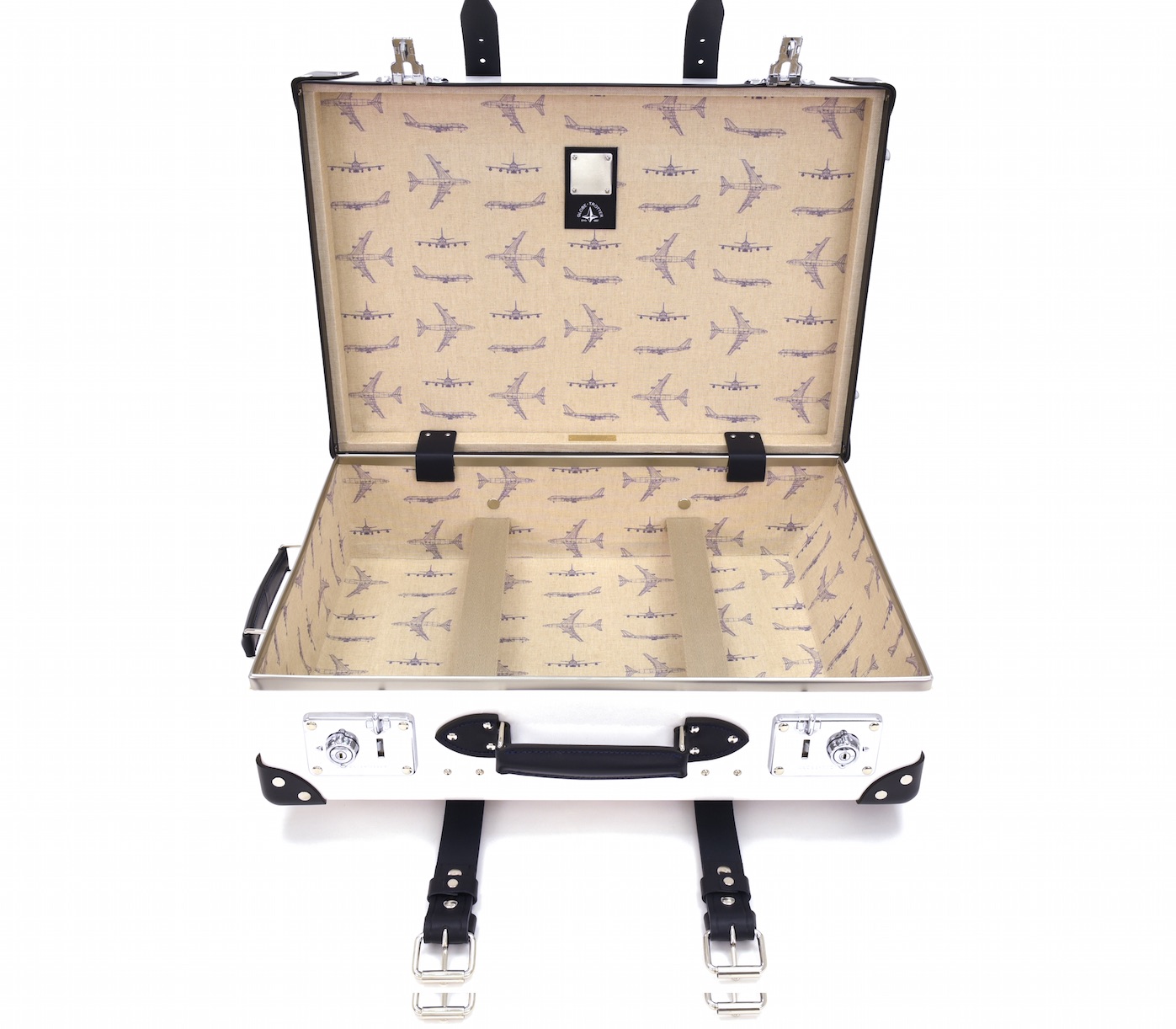
This month, the luggage brand has launched another limited edition trunk in collaboration with the Japan Football Association. It’s a pairing that happily feeds off the excitement surrounding this summer’s Tokyo Olympics, and one which spotlights Globe-Trotter as a reactive and engaging brand in tune with our modern times. The Week spoke to Castellano about his plans for change as he continues to navigate these extraordinary times.
A free daily email with the biggest news stories of the day – and the best features from TheWeek.com
How has Globe-Trotter developed as a brand through the pandemic?
The pandemic gave us time to step back and think. It allowed us breathing space and the opportunity to be constructive in building a new direction for the brand. Globe-Trotter will emerge from the lockdown with a new website and digital concept. We have done away with the previous seasonal calendar and we are now working towards regular product launches - adding exciting new colourways, as well as preserving our classic ranges that are much-loved by Globe-Trotter fans. We are also extending the range into new sectors such as interiors and lifestyle, experimenting with different kinds of innovative material to support people’s travelling habits.
The biggest change we have made is that we now offer our suitcases as a four-wheeled version. There has been a huge demand for this in the past, so I am happy to say that we can now offer our customers luggage that is suitable for modern day travelling without compromising on its design or heritage.
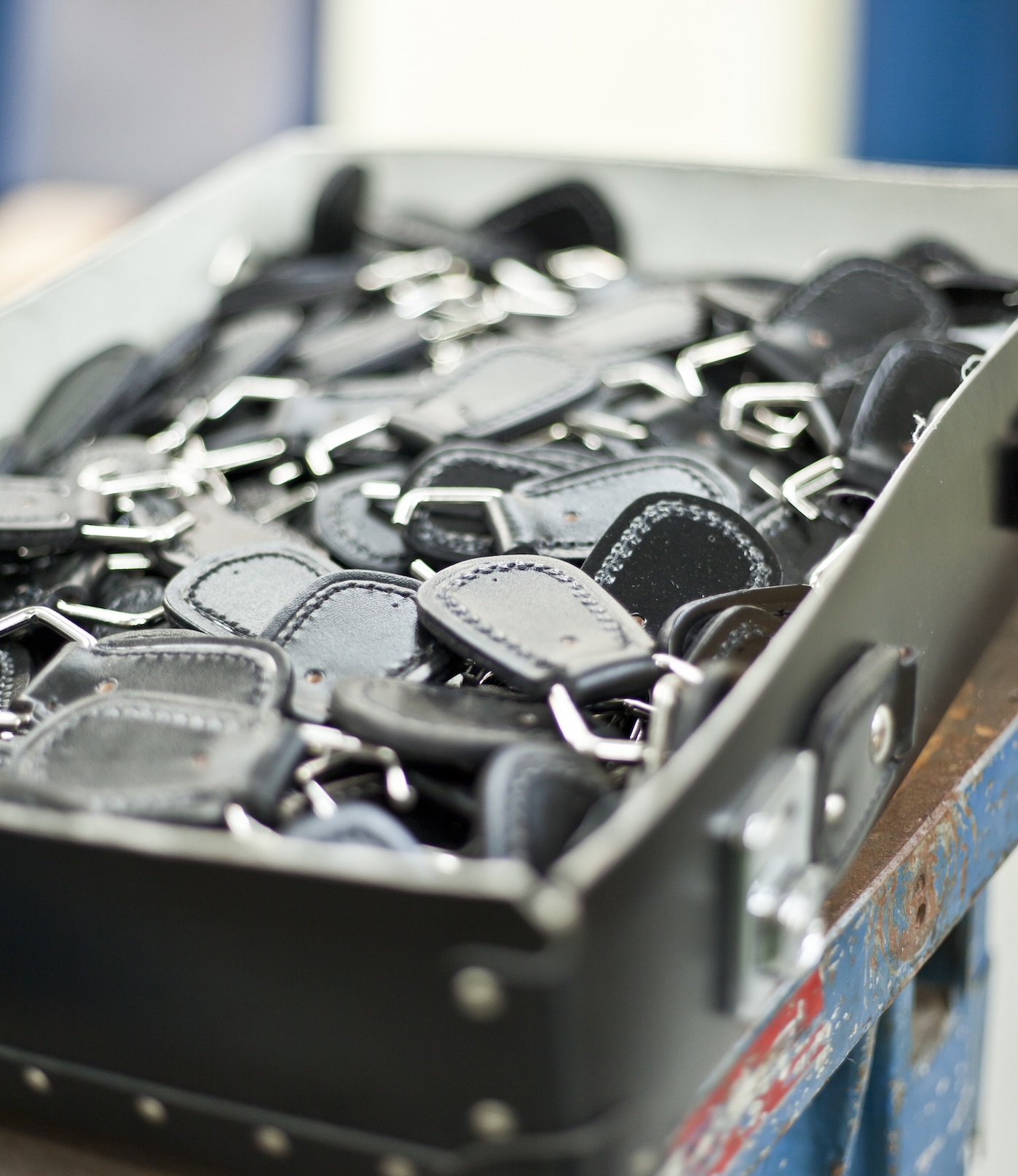
There have been some surprising sell-outs…
We began 2021 by launching a collaboration model with British Airways and although it might sound strange to link up with an airline halfway through a national lockdown, we achieved our best sale day to date with this range. The beautiful [BOAC] limited-edition case is still popular even now, but I believe we launched at a crucial time when people were acting on their desire to travel.
Globe-Trotter is famous for its collaborations – in the past it has paired up with Hermès, Tiffany & Co and Alexander McQueen. How do you curate these collaborations? And do they vary across continents?
Our collaboration models do vary from country to country but we also have some global ones like the aforementioned British Airways trunk. We have a huge customer base in Japan with a different consumer appetite, so we work closely with the team there to ensure we are creating collaborative suitcases their customers will love. With the Tokyo Olympics around the corner, we are linking up with the Japan Football Association and launching a slick carbon fibre case which will tie in with the team gearing up for all the matches scheduled this summer. We know that people over the world have different tastes and interests. We’re lucky that we have the freedom to offer them something unique, while it remains a recognisable Globe-Trotter.
In your opinion, what keeps a heritage brand like yours fresh and relevant?
I think having heritage is a massive advantage and gives us so many opportunities to work on updating and refreshing the brand from a really strong place. As with any other luxury heritage brands, we’re working on collaborations, new materials, new ways to communicate and relate with our customers.
Apart from the product development, the most important thing we have worked on this past year has been to improve our digital experience and working on creating a Globe-Trotter Members’ Club. We hope to launch later this year to serve and aggregate our community. We will always keep the design DNA of our cases the same, but we have experimented with materials and new concepts - including many more customisation options - which makes gives us cross-generational appeal.
I think when a product is beautiful and well made, it will keep attracting new generations of clients. You need to showcase it in the right way and make it relevant for them, but the product doesn’t need to be different. I always think of products like a [Hermès] Birkin, the Porsche 911 or the Patek Philippe Nautilus watch. These are timeless classics.
In recent years we have seen an increase in smart luggage. Are there any plans to release a Globe-Trotter version?
Our new four-wheel case is a huge step for us, and we were careful to make sure we get the product absolutely perfect before we launched it. There has been a lot of anticipation from customers, so we are really happy to finally offer this. We haven’t got any plans to release any “smart” luggage right now, but who knows – it could happen in the future. Function is important but the appeal of our luggage goes way beyond the functional. It makes people dream.
What are your thoughts on sustainability?
Sustainability is a mindset. In this day and age where things are disposed of left, right and centre, Globe-Trotter makes luggage that lasts. Taking care of things, treating them with respect and passing them down through the generations is the best way we can create a sustainable future. The services we offer, such as our bespoke [expertise] and repair [department], are there to ensure that our luggage comes with the promise of longevity.
Are there new methods of selling that you will be developing as we exit lockdown?
The consumer shift to digital has been a big change, and of course we have had to adapt to this. The past year has meant more customers are shopping remotely, so platforms such as Instagram and virtual shopping are useful, but nothing beats seeing the product in the flesh. As mentioned, we have made a significant investment towards building a great digital experience. In fact, we will soon launch our “Bespoke Configurator” which will allow our community to make their luggage even more personal and unique. Despite everything, I think we’re all looking forward to being able to welcome customers back to our stores where we can find the perfect piece of luggage for them.

Inside the world of Globe-Trotter
Michael Rodie, Globe-Trotter’s global flagship manager, shares some of the more personal stories behind some of the brand’s iconic designs...
The best-seller: The timeless carry-on cases are by far our most popular style. A firm favourite among those who travel regularly, this size adds a touch of luxury to any journey whether it be for business or pleasure. The green/brown colour combination is one of our most iconic styles with its distinctive British look.
Most surprising hit in recent years: We worked with the Royal Air Force to celebrate its 100-year anniversary, creating a small collection called RAF100. It was a limited-edition series available in three sizes, the cases were covered in aluminium with khaki interiors to replicate the look of RAF jet fighters. It was a very distinct look and we thought that it would appeal strongly to collectors. Within a matter of days, we were sold out, and three years on we still have requests for them.
Most cherished story from a customer: A lovely elderly gentleman sent us a handwritten letter explaining that he had recently retired his late mother’s Globe-Trotter which he was very fond of. He explained that his mother had once been an envoy for The Queen many years ago and whilst traveling for work, her plane had crashed in the Himalayas. Fortunately, not only did his mother survive the accident but so did her trusty Globe-Trotter.
Globe-Trotter cases at home: Customers have, on a number of occasions, bought our cases to serve as décor pieces. The most common use of them is as an ornate coffee table. They have also been used as eye-catching storage alternatives for bedrooms or studies. One of my favourites was a case that was stood upright with shelves installed for a travel-themed bar containing a collection of spirits and drinks from across the world.
Best bespoke commission: A couple of years ago a client who had recently purchased and vintage Bentley in a very distinct colour with a green interior wanted to create a luggage set and attaché that matched his car. With help of our design team, we managed to craft a very stylish set of luggage that we was over the moon with. It was such a good colour combination that I often recommend it to bespoke clients who are looking for some inspiration.
Something you may not know about Globe-Trotter: In our flagship store in Mayfair, London, we have a paper mâché elephant paying tribute to our company logo. It is one of four and was commissioned for Globe-Trotter nearly 60 years ago. There are four of them and they are named after the Beatles, John lives in the store in London, Paul in our Tokyo branch and George and Ringo belong to two private collectors.
-
 Why is Trump’s alleged strike on Venezuela shrouded in so much secrecy?
Why is Trump’s alleged strike on Venezuela shrouded in so much secrecy?TODAY'S BIG QUESTION Trump’s comments have raised more questions than answers about what his administration is doing in the Southern Hemisphere
-
 Vance’s ‘next move will reveal whether the conservative movement can move past Trump’
Vance’s ‘next move will reveal whether the conservative movement can move past Trump’Instant Opinion Opinion, comment and editorials of the day
-
 Why recognizing Somaliland is so risky for Israel
Why recognizing Somaliland is so risky for IsraelTHE EXPLAINER By wading into one of North Africa’s most fraught political schisms, the Netanyahu government risks further international isolation